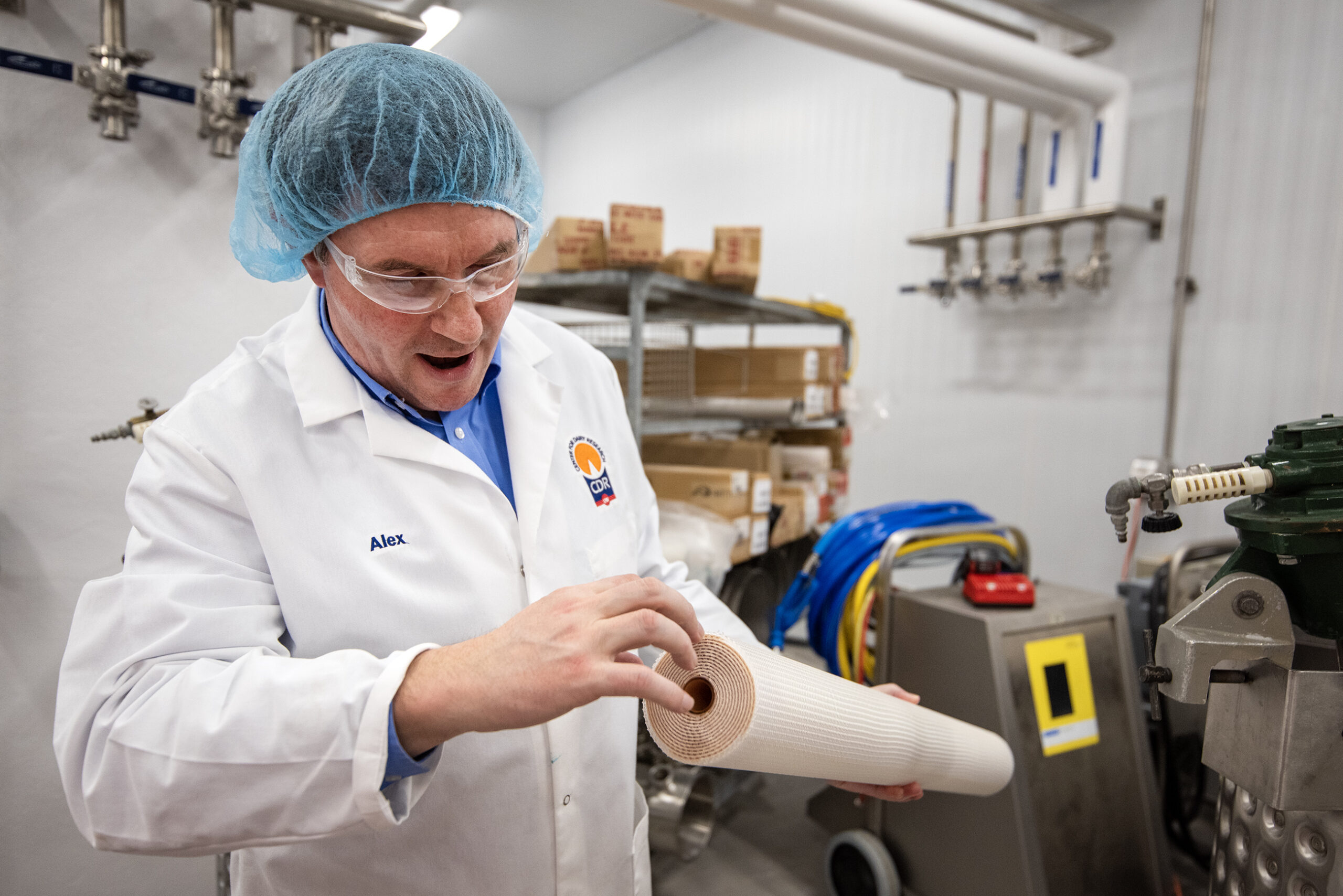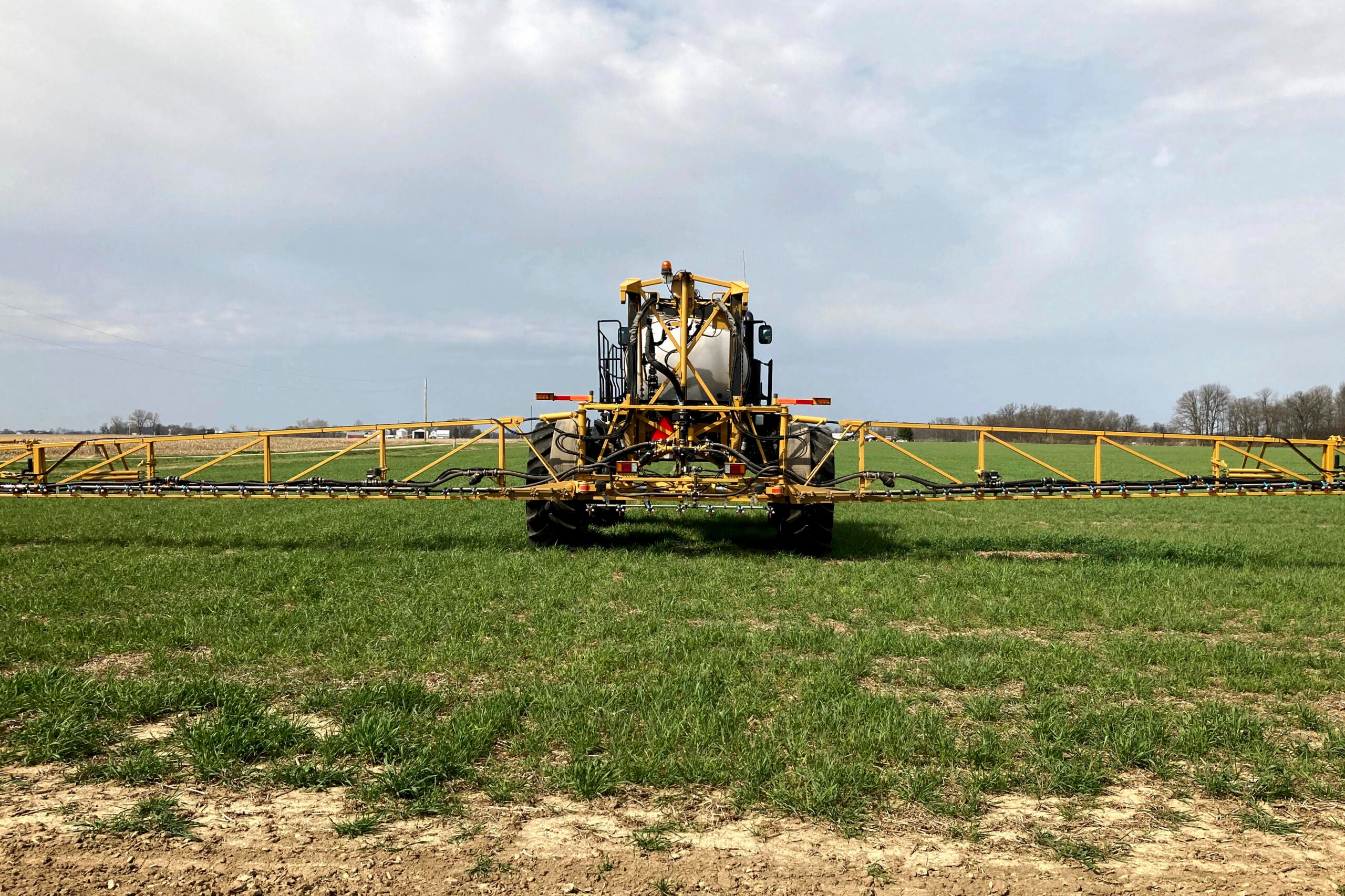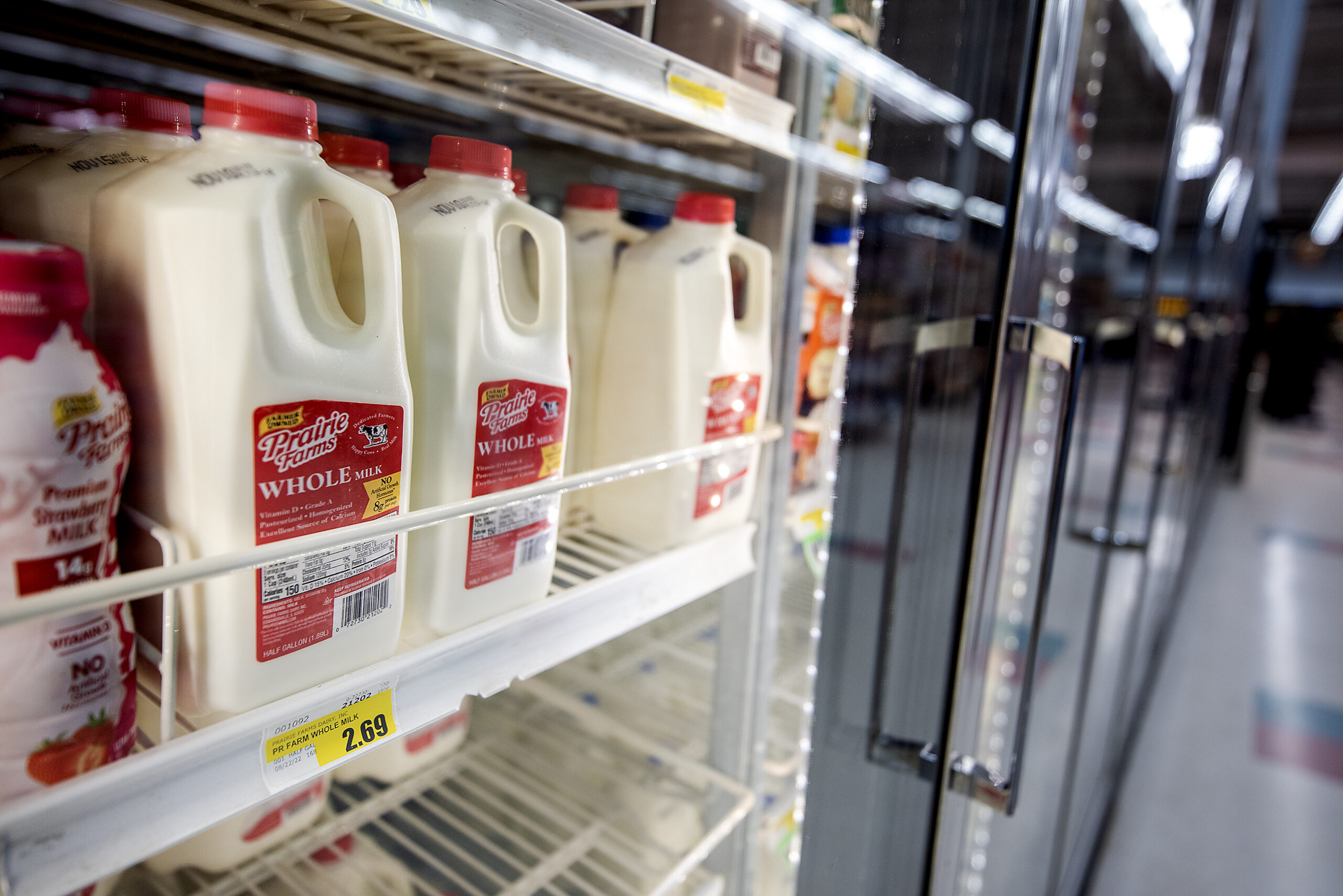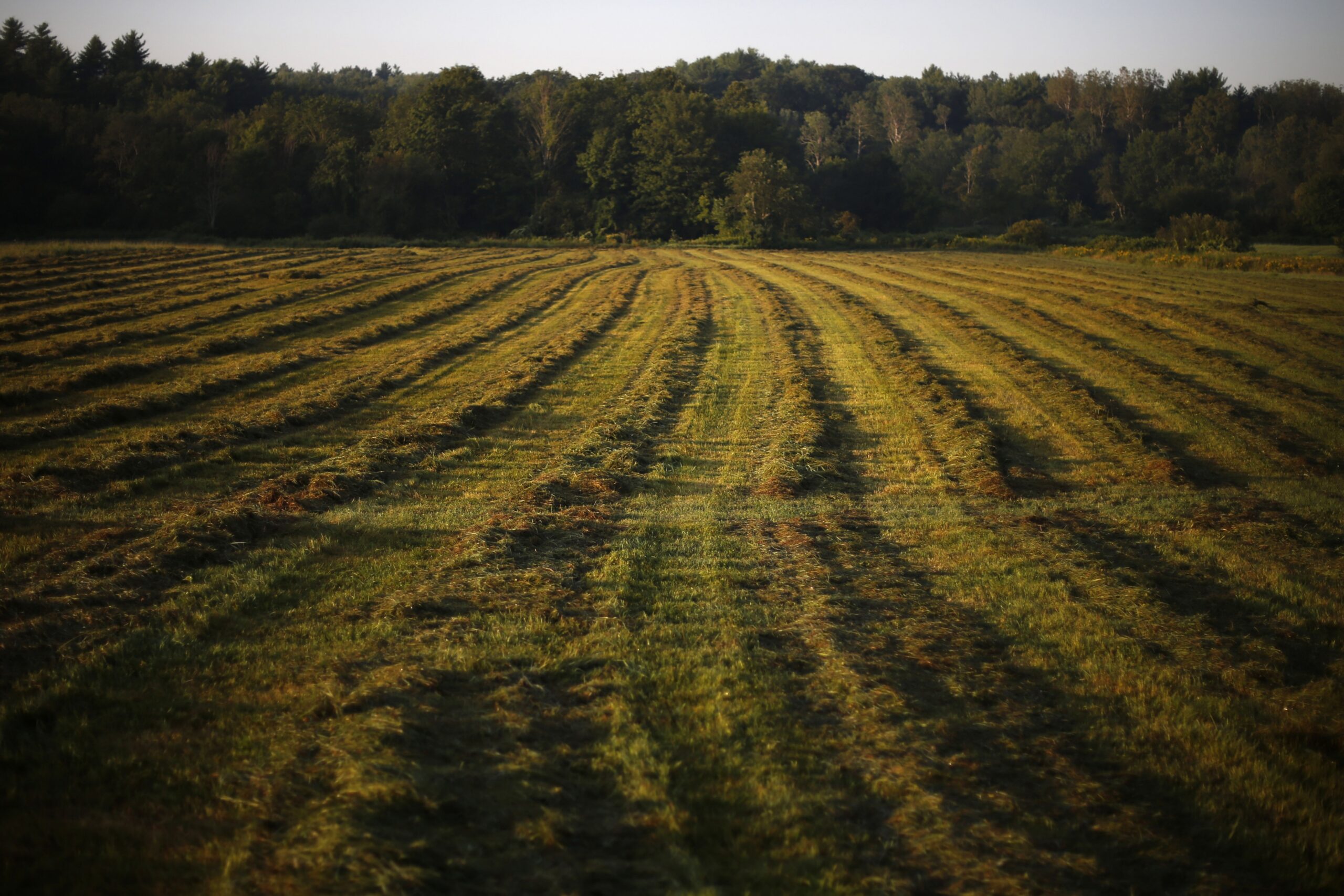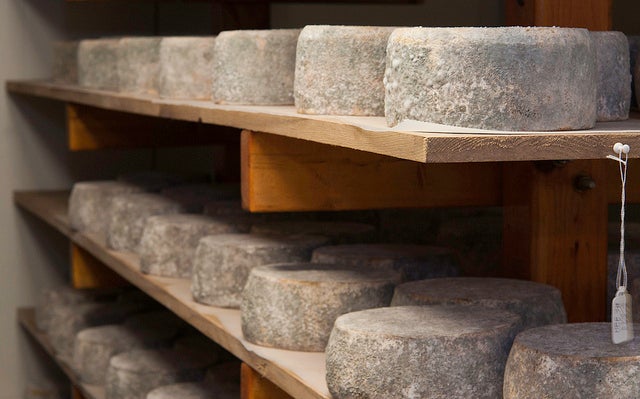In many ways, the basic steps for making cheese haven’t changed for hundreds of years. You need milk, an enzyme to solidify it and a process to separate the curds from the liquid that’s left. That liquid is called whey.
But as the scale of cheese making has gotten bigger, dealing with the leftover whey has become more of a problem.
“When you take 100 pounds of milk, you end up with about 10 pounds of cheese, and the rest is whey,” said Pete Kondrup, general manager of the Westby Cooperative Creamery. “It’s a big part of what is left over when you make cheese.”
News with a little more humanity
WPR’s “Wisconsin Today” newsletter keeps you connected to the state you love without feeling overwhelmed. No paywall. No agenda. No corporate filter.
The largest cheese plants in the state are producing several million pounds of whey every day. Many of them have invested millions of dollars into systems for processing the cloudy, yellowish liquid into secondary products. Producers that can’t afford these expensive systems are mostly breaking even or even spending money to manage their whey.
But one Wisconsin researcher wonders if this waste product could help the dairy industry not only feed the world, but also save it from continuing to rely on fossil fuels.
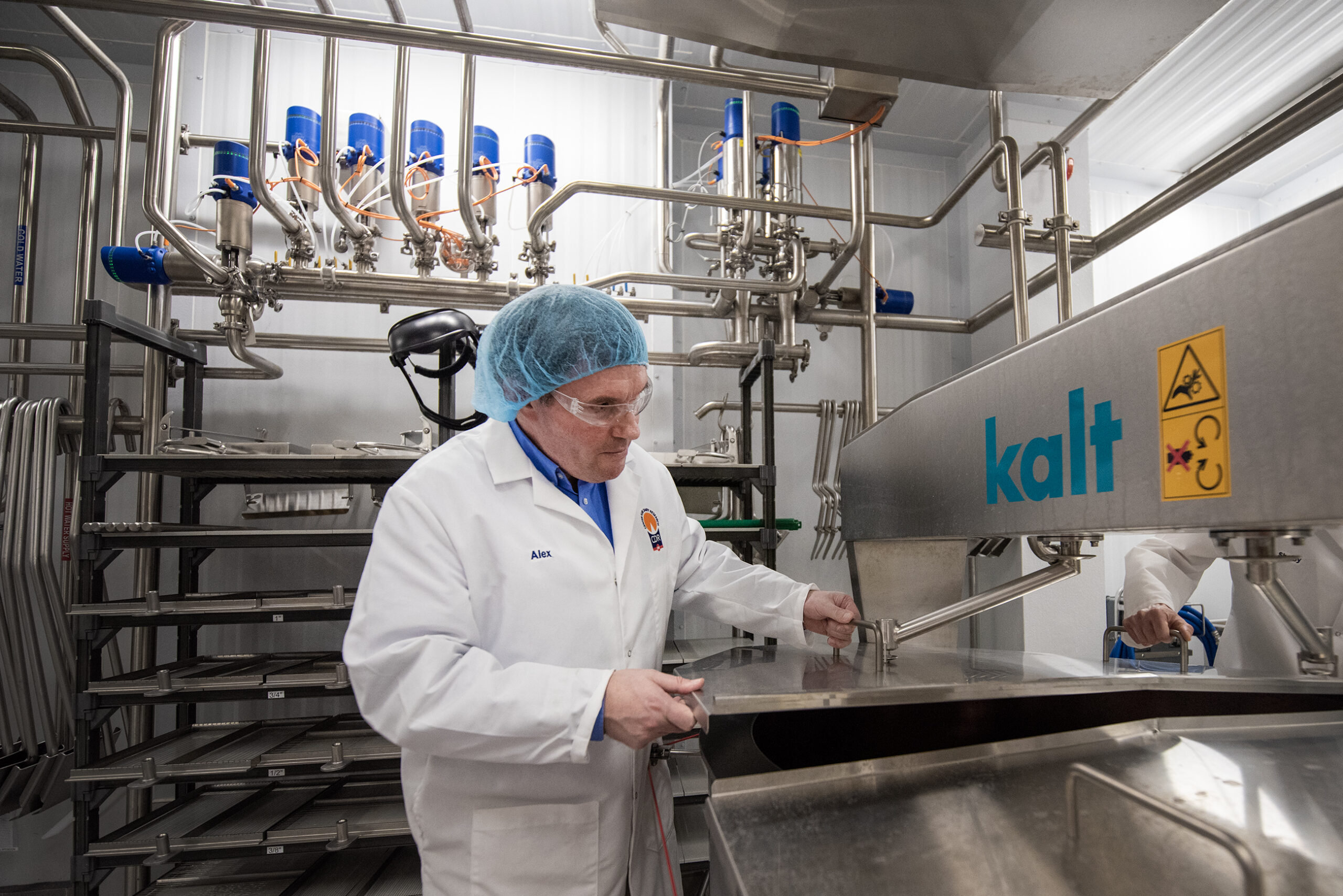
John Lucey, director of the University of Wisconsin-Madison’s Center for Dairy Research, wants to turn whey into the chemicals used to make plastics, adhesives and other consumer products that are currently being derived from petroleum. Just like our reliance on oil and gas, Lucey said the chemical building blocks made in oil refineries are holding us back from a greener future.
“We’ve got to replace those too unless we want to keep using fossil fuels,” he said. “These basic chemistry kinds of things, the stuff you would have learned in organic chemistry like butanol — we want to make those kinds of compounds because they can feed into the existing industry.”
Whey is rich in lactose, and Lucey says a bio-refinery could take that basic sugar and use yeast or bacteria to ferment it into the new chemicals.
And some companies have already started doing this. Distilleries, including one in Bayfield, are fermenting whey into vodka and other types of alcohol. A dairy plant in Ireland has started a pilot-scale bio-refinery to ferment whey into lactic acid, which could be used to acidify foods or make a biodegradable plastic.
So far, these efforts have been small-scale operations. Lucey hopes the Center for Dairy Research can help researchers at the university find the right product and process that is worth scaling up to an industrial size.
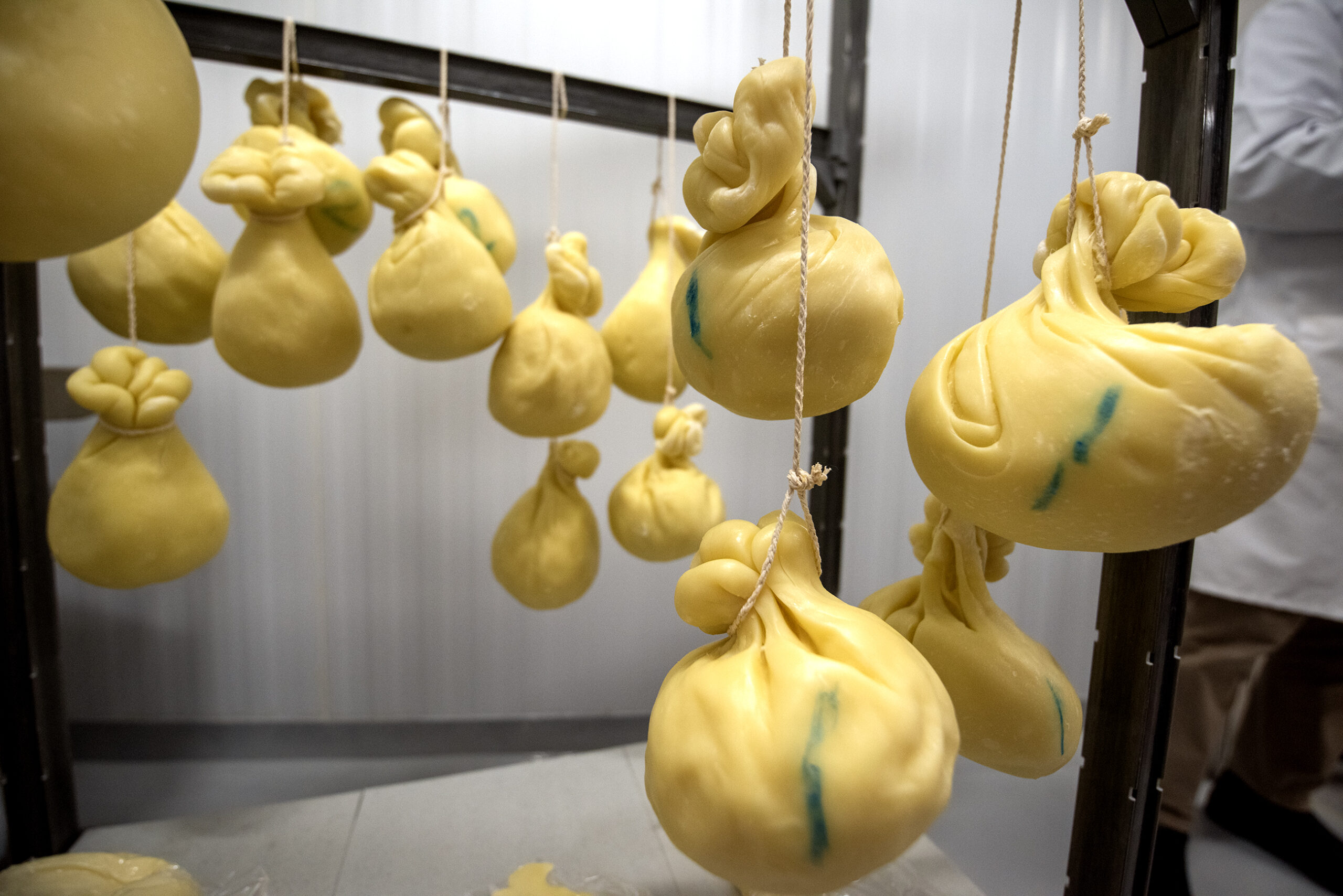
New products could be next step in evolution of dairy processing
Finding new profits in whey isn’t a novel concept for the dairy industry.
Prior to the 1970s, local cheese plants spread their whey on farm fields, where the byproduct’s minerals acted as a fertilizer. But continued consolidation among plants and stricter environmental standards now means a plant needs a lot more land to spread on, making the process less feasible for the scale of most modern plants.
This challenge led to the creation of ultrafiltration, a process that removes the protein from whey to be used in other products. Today, most cheese plants have this technology. Whey protein concentrate is a multi-billion-dollar global market and is used for protein powders, bars and many more foods and supplements.
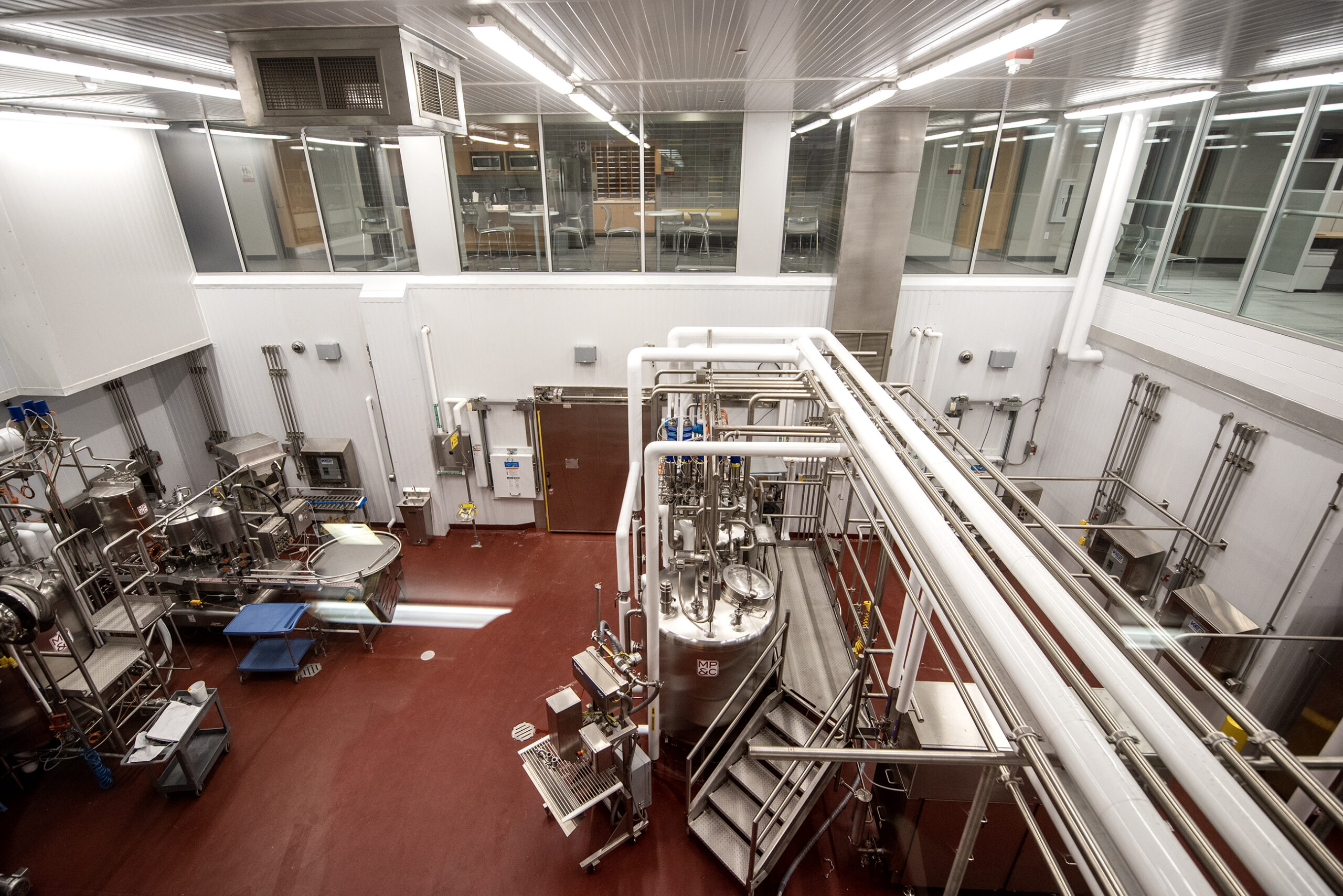
“To me, that was kind of an inspiration,” Lucey said. “We can see something that was at that time a waste product and say, ‘This could be used for something. We could do something with this, to extract something from it.’ And that was a very successful step forward for the dairy industry.”
John Umhoefer, executive director of the Wisconsin Cheese Makers Association, said the idea of making bio-based chemicals from what’s left over after the protein is removed, what’s called whey permeate, feels like the next step in that evolution.
Some of the largest processors have already found a way to make a profit on permeate by drying it down into livestock feed and exporting it to countries like China. But most cheese plants are concentrating the lactose and minerals into feed for local farms, and some small plants are still spreading it on fields.
Umhoefer said it’s these small to medium-sized plants that have the most to gain from creating new products from permeate, especially if they’re able to sell the byproduct to one centralized bio-refinery instead of taking on the cost of the equipment by themselves.
“It’s a chance for cooperating among manufacturers, and there are some large manufacturers as well that aren’t using the drying that we do now,” he said. “It would be a new financial boon for both them and their dairy farms.”
In partnership with the Wisconsin Cheese Makers Association, the Center for Dairy Research recently purchased a bioreactor with funding from the 2018 federal farm bill. The stainless steel chamber is designed to control fermentation and will allow researchers to test out different yeasts and bacteria, including ones that have been engineered using gene-editing technology.
“That doesn’t mean it’s going to be easy,” Lucey said. “We need a lot of scaling up the processing, a lot of people figuring out different chemicals and different pathways and engineering. We basically need a lot of activity in this area, because you’ll whittle down the most successful approaches.”
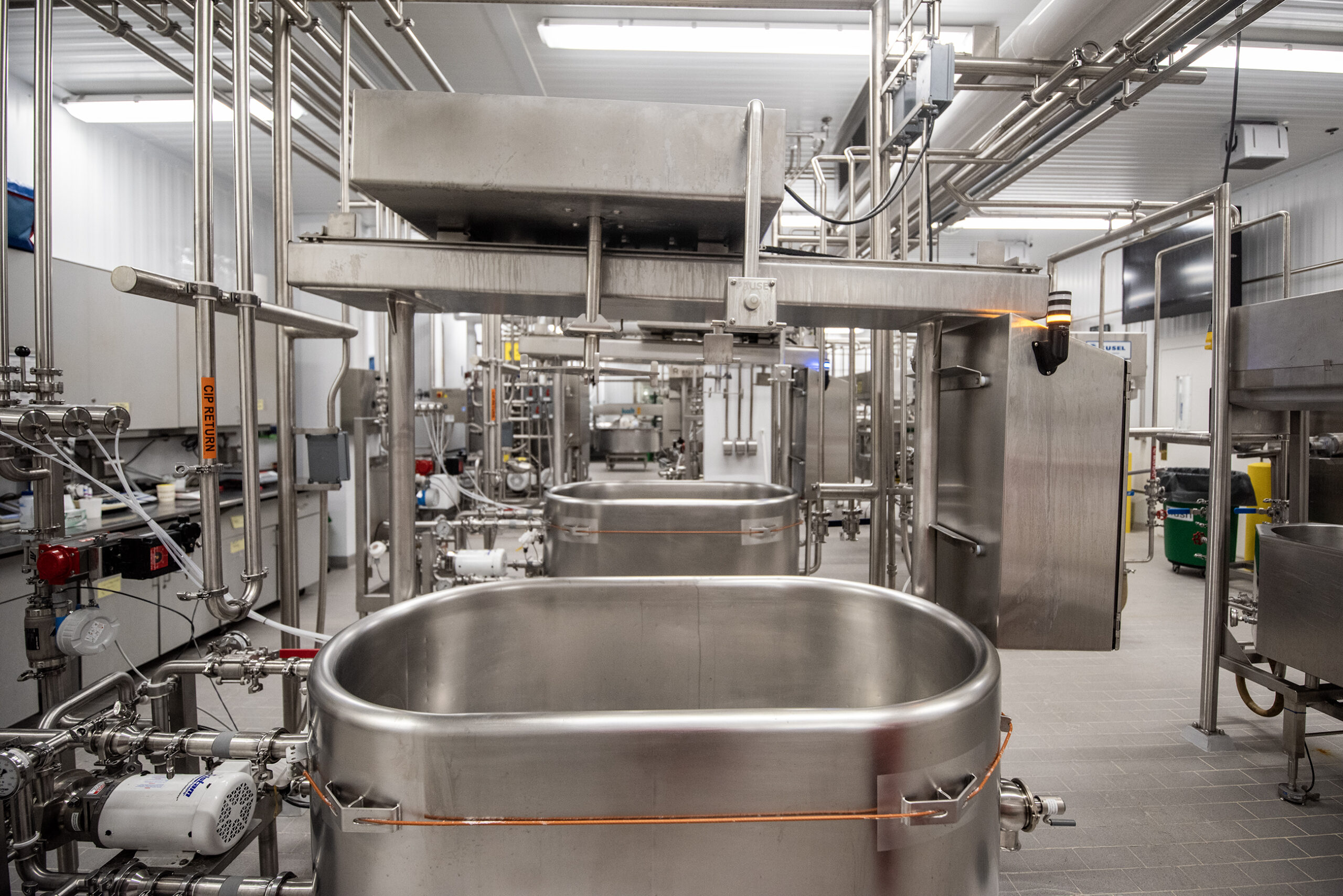
Lucey said scientists also need to figure out how to separate the bio-based chemicals from the salt and other substances left over in whey so they can fully replace the fossil fuel-derived versions. He said it’s a key part of proving to manufacturers that changing their current operation is worth it.
“We have to do things like that to convince people that this can make money, and it’s costing not more than another process,” he said.
Bio-based chemicals promise new profits, tap into old values
When Pete Kondrup took over Westby Cooperative Creamery around 20 years ago, the plant was still spreading their whey on local farm fields. Today, they now filter out the protein from the whey from their cottage cheese and other products before concentrating the permeate into livestock feed. Kondrup said they reuse the leftover water in their plant or send it on to their wastewater management system. He said they produce about 150,000 pounds of whey per day — a fraction of what the largest plants in the state are managing.
“We invested over a million dollars for that. So you can imagine what these other plants have to invest,” he said.
Kondrup said dairy processors and farmers feel the pressure from consumers to be more sustainable, which has led to investments in other technologies like solar energy or reducing water. He thinks plants like his would see bio-based chemicals continuing to reduce their environmental impact. But he said processors need to know there’s going to be a buyer for the new products they create. That’s what will enable them to make the facilities and equipment upgrades required.
“If you have people who are asking for it, then you can go back and talk to your bank and get the money to invest in the equipment,” he said.
Making more money from every drop of milk would also mean his plant can pay their farmers more, said Kondrup. It’s an important consideration as the number of dairy farms in the state continues to decline. As of May 1, Wisconsin has less than 6,000 registered dairy herds in the state. That’s 45 percent less than a decade ago.
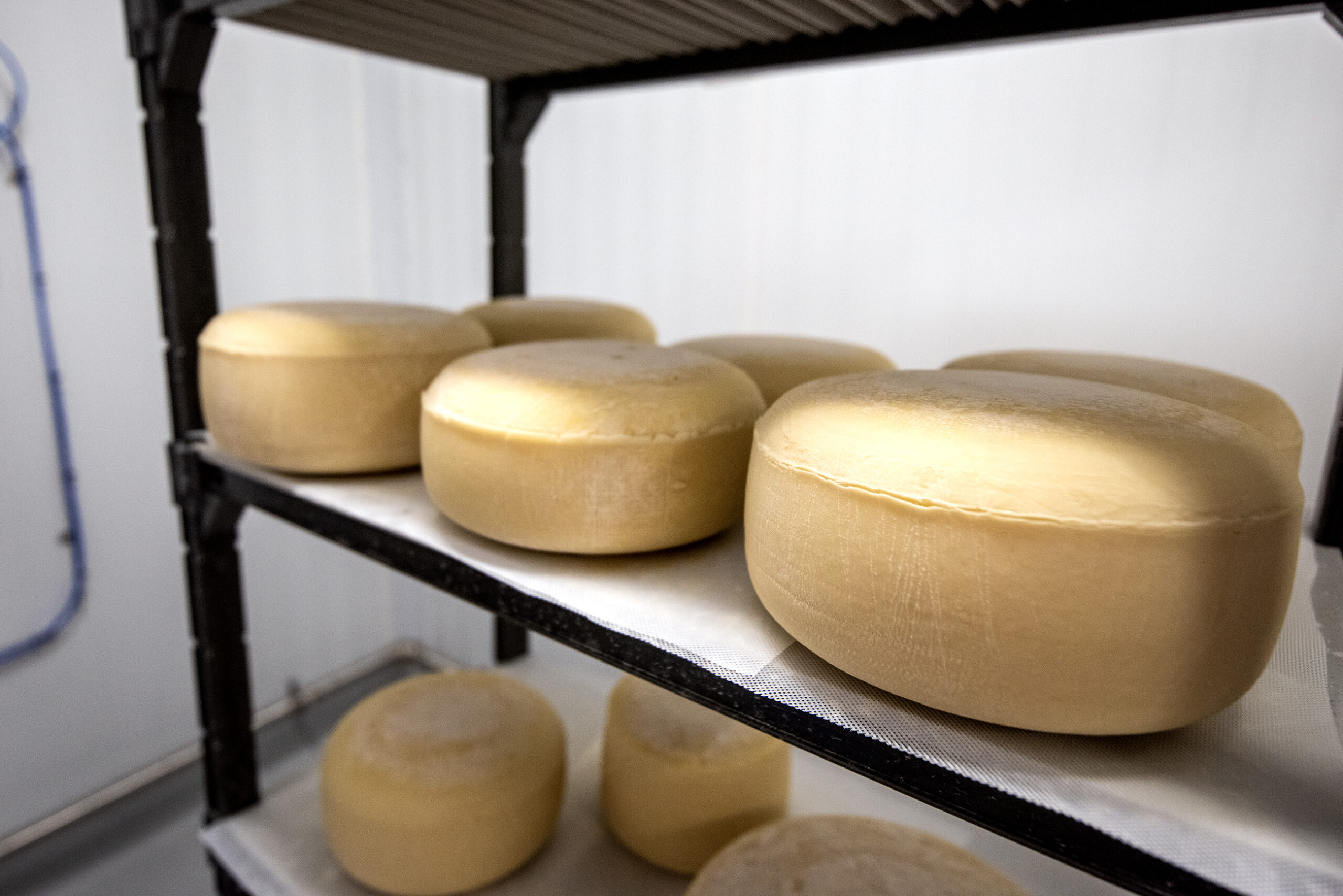
While turning whey into plastics may seem futuristic, Lucey said the idea of letting nothing go to waste is already a concept farmers live by. He said the industry likely won’t return to the days of small cheese plants and small amounts of whey. But that doesn’t mean it has to maintain the single-use mentality that has led to large amounts of plastic and food waste.
“Our resilience as people was a lot about making it ourselves and reusing ourselves. We’ve kind of lost a little bit of that philosophy in the last 100 years,” Lucey said. “It doesn’t mean everybody has to make everything in their own little home. But as a society, if we get back to kind of remaking all of it, not just disposing of it, I think people can get that story.”
Wisconsin Public Radio, © Copyright 2025, Board of Regents of the University of Wisconsin System and Wisconsin Educational Communications Board.

